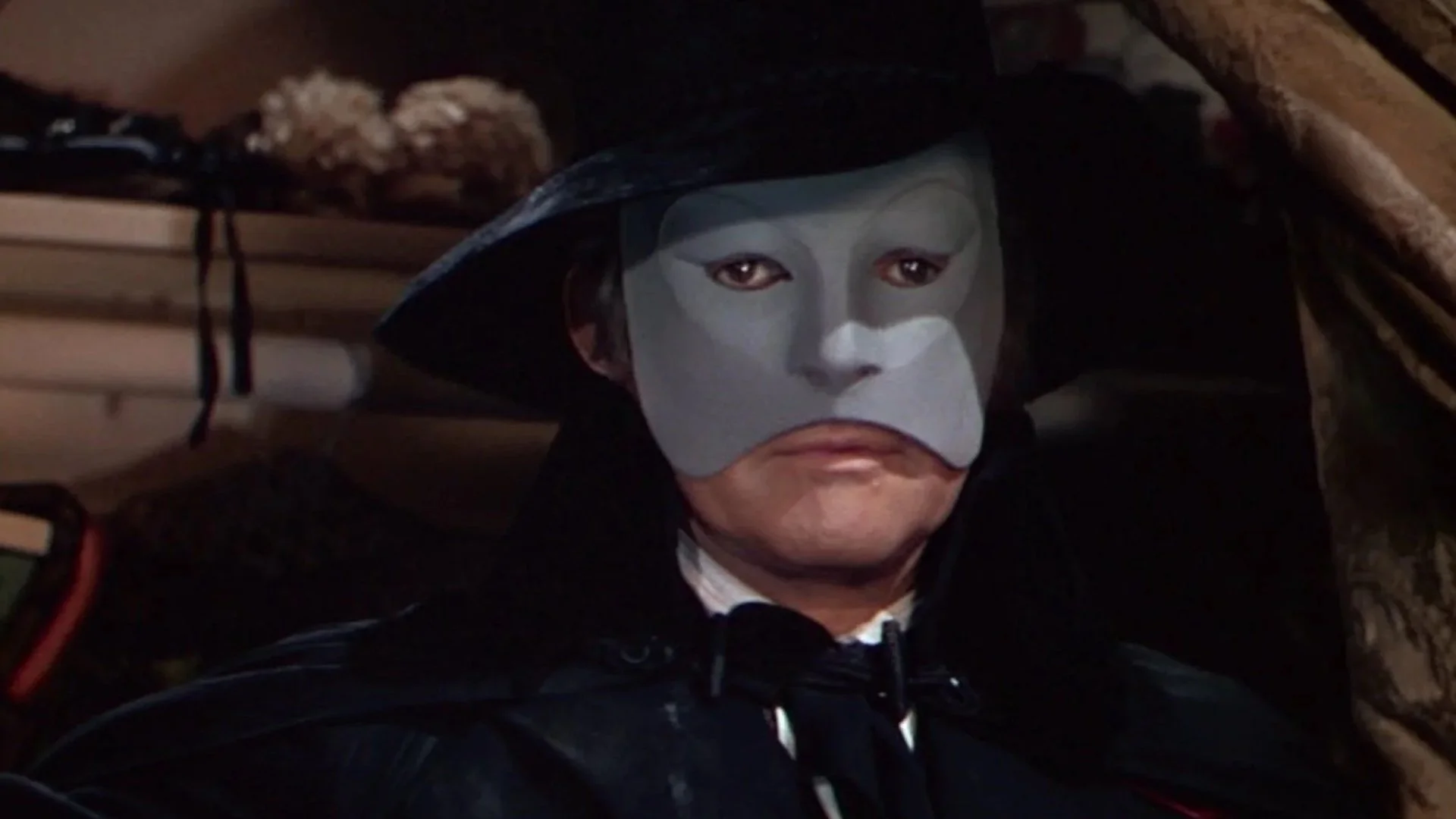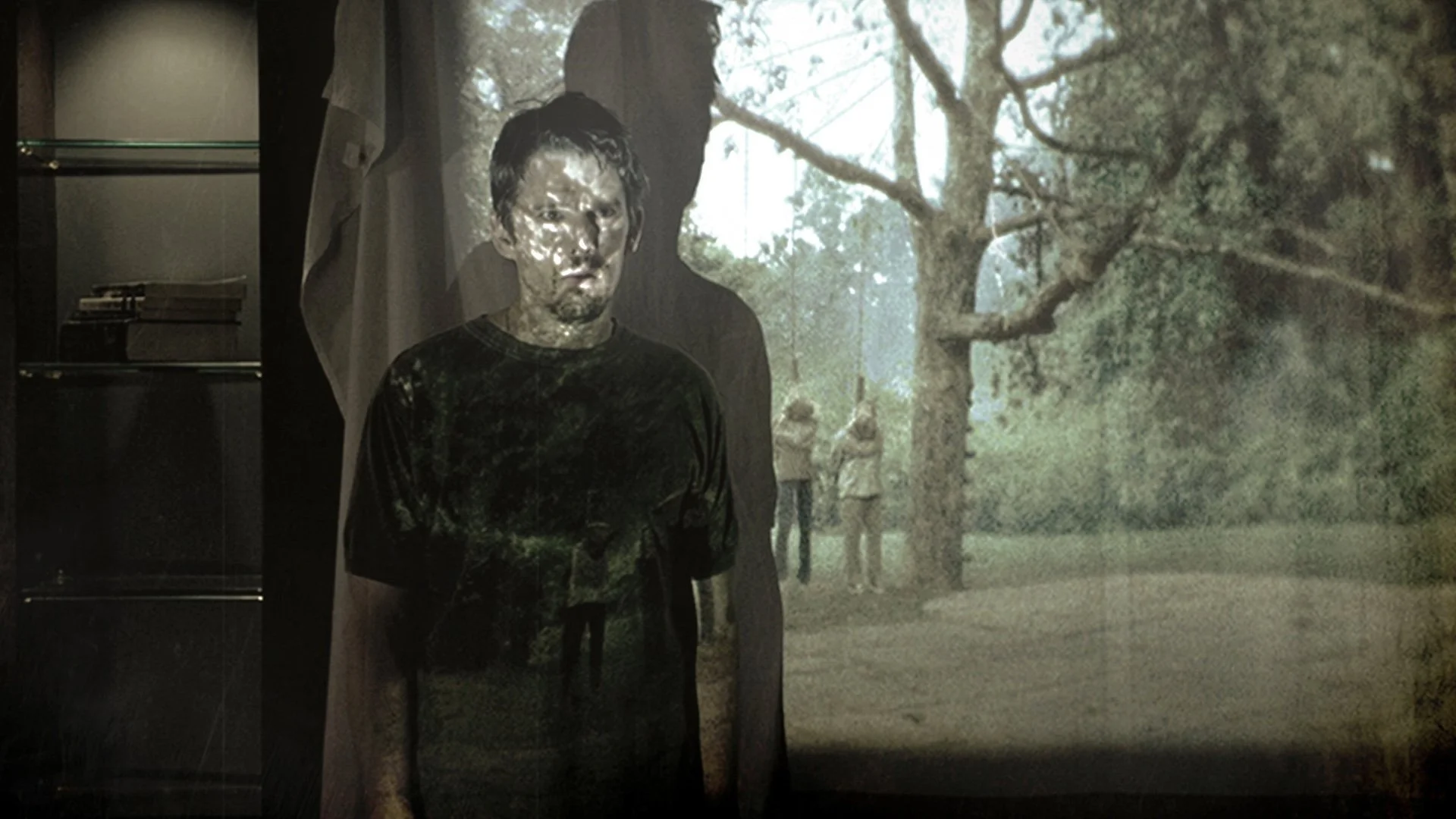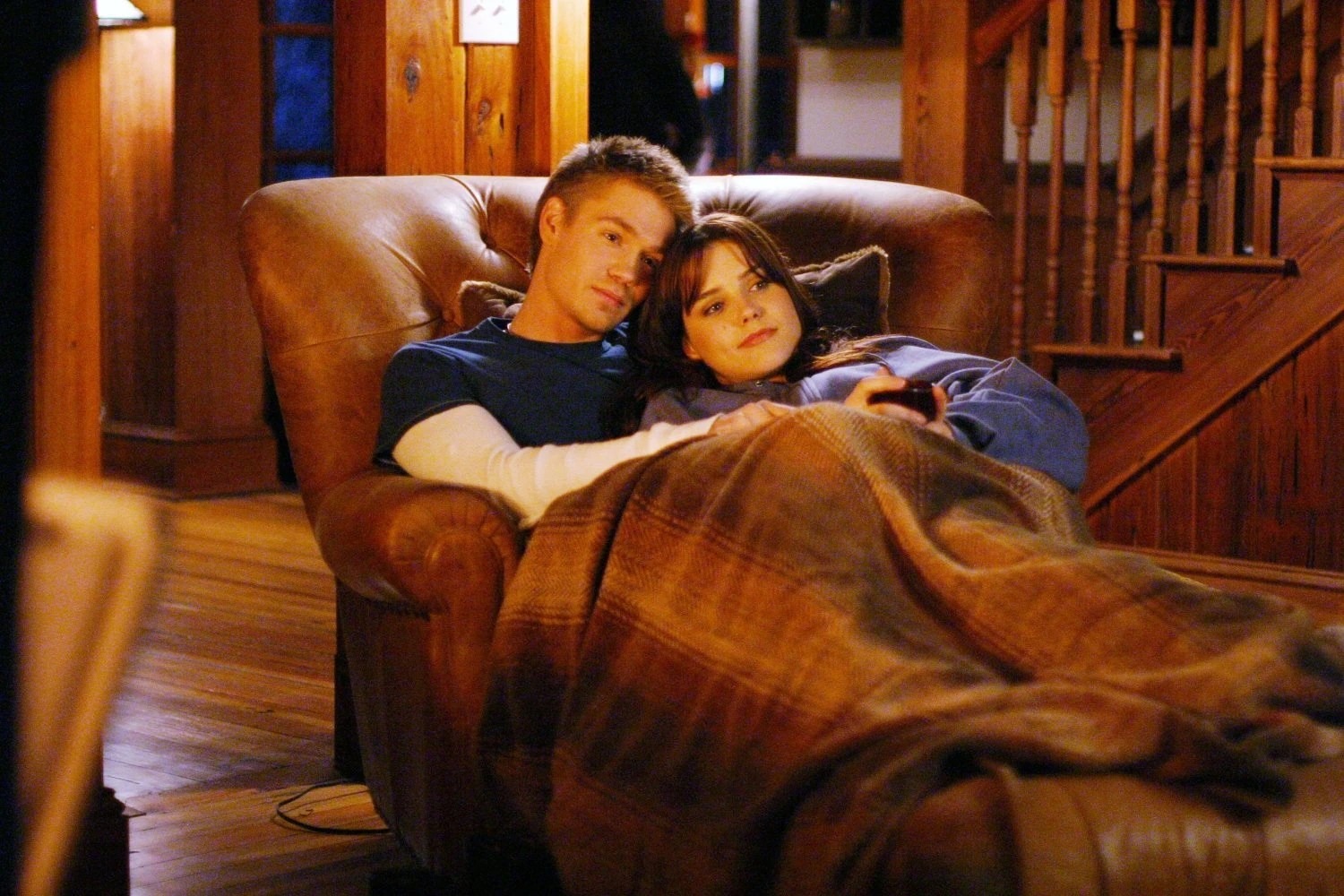Halloween is upon us and every year I start pulling spooky movies off the shelf that I love watching this time of year. One of the films I watch often is The lady in whitethe director’s 1988 chiller film Frank La Loggia that crept into my brain when I was a child and never left.
I want to talk about the film’s disturbing story, the way it looks at small-town America in the early 1960s, and why its fears sit alongside heavier truths about pain, racism, and the damage that adults pretend not to see.
If you’ve never seen it The lady in whiteconsider this your push. If you grew up there, come stay in Willowpoint Falls for a while and let’s compare scars.
What film is and why it still works
Set in Willowpoint Falls in 1962, The lady in white follows Frankie Scarlatti, a sweet and curious boy who is locked in his school’s cloakroom overnight on Halloween. He witnesses the ghost of a girl named Melissa reliving the night she was killed ten years earlier.
That moment is the key that unlocks the entire story. Frankie discovers that there were other children, discovers that the killer is still out there, and discovers how easily a community will look anywhere but the mirror.
That wardrobe sequence terrified me when I was a kid. The room seems too quiet, coats hang like observation figures, and then the air changes. Frankie is stuck, small and completely alone as a past crime comes to life before him, like an amateur film of cruelty.
For years I had nightmares about being locked in that room. Even now, the memory of that scene hits me like a cold draft. The film hits the part of childhood where the world starts to reveal its corners and you realize that those corners hide things.
A Halloween story with a pulse
Many Halloween movies feature pranks, pumpkins, and a masked figure behind a hedge. The lady in white it gives you all that cozy autumn vibe, then directs you towards something creepier.
The city is picturesque. The leaves are doing their October work. Families eat together and gossip. Yet the film continues to wonder what’s underneath that postcard.
The answer is not just a ghost. It’s the way people talk to each other. The way rumors turn into rules. How adults decide which children are protected and which are ignored. It’s how fear becomes useful when someone needs a scapegoat.
The social climate of 1962
The story uses its time period with real intent. The early 1960s are close enough to post-war splendor to feel safe, but close enough to the cultural changes of the last decade to show the cracks forming.
In Willowpoint Falls, those cracks manifest as racism that remains exposed. The school’s black custodian becomes an easy suspect for the white residents who want the murders solved quickly, not solved right. The film has no shock value here. Show how suspicion is a reflex, then show how much that reflex costs.
Watching adults fall to the ground to believe the worst about the janitor is more disturbing to me now than the chills ever were.
As a child I felt injustice above all. As an adult, I see how a city’s machinery can move in the wrong direction simply because it’s easier than asking the tough questions.
Horror that lives in the real world
People talk The lady in white like a ghost story, and it is, but the nightmare at its core is painfully human.
Child Abuse and Murder: The film centers on the discovery that multiple children have been murdered. It avoids graphic representation, but the implication is clear. There is a predator in the city and the violence is not random.
The film respects the young audience by not going into detail, but it doesn’t soften the subject. That choice keeps the focus on emotional truth. We feel the weight of what happened to Melissa and the other victims. We feel it because the film lingers on the silence that followed.
Racism: The city’s hasty judgment against the black janitor shows how evil doesn’t always wear a mask. It can look like a handshake, a pew in church, a smile at the supermarket. It seems like a community chooses a convenient answer over a real one.
That thread isn’t a subplot, it’s a lens. It tells us who is believed and who is not, who is saved and who is sacrificed to make others sleep at night.
Loss and Grief: The title figure, the Lady in White, isn’t just there to rattle windows. It’s a pain that has never found a place to land. His appearance is sad, almost gentle.
I remember expecting a snarling specter and receiving something sadder, a presence drawn to the living because love and pain refused to end cleanly. The film treats her as someone whose life has been marked by loss, not a special effect.
Justice and memory: Frankie’s mission is not to be a detective for the thrill. He is trying to remember for those who were not allowed to finish their stories. The film honors the idea that justice begins with naming what happened. The villain here isn’t just the killer. It is also silence that has kept the truth out of reach.
Psychological horror: Shocks are not constant. They come as cold spots, then leave you alone with your thoughts. What persists is the fear that an ordinary place will prove capable of extraordinary harm. That fear gets under your skin and stays there.
Childhood on the edge of knowledge
One of the reasons The lady in white It works is that it allows us to experience the mystery through the mind of a child who is in the midst of recalibration. Frankie is old enough to notice the gaps in adult logic, but young enough to marvel at anything unreal.
Ghosts do not erase the beauty of the season. The pumpkins still glow, the familiar scenes still have warmth, and the danger makes those moments feel earned.
This is a Halloween movie that treats October like a threshold. You go out trick-or-treating and enter into your first negotiation with the darkness of the world. It’s scary, sure, but it’s also a step towards understanding. The film captures this beautifully.
The look and sound of a haunted memory
From his first scenes, The lady in white It looks like a storybook someone left on the radiator. The pages curl, the colors burn softly, and the music brings a lullaby in one hand and a warning in the other.
The vibe is nostalgic without becoming syrupy. The autumn light seems real. The school hallways look like places we’ve all walked. That reality makes the supernatural moments more affecting. They don’t break the world. They reveal it.
The wardrobe, revisited
Let’s go back to the wardrobe, because this is the masterstroke of the film. It is a space designed for trust. The children hang up their coats. The teachers lock the door at night and nothing bad should happen there.
So when the past breaks into that stillness, it feels like a betrayal. Terror isn’t just seeing a ghost. It’s the knowledge that the corridor you walk through every day hides a terrible secret and that adults have noticed it or have looked away.
This is the pivot on which the film grows. The scare prepares you, then the story asks you to do something with the fear. It asks you to listen, to look again, to question the narratives that make life simple.
The city as a character
Willowpoint Falls isn’t just a backdrop. It’s an ecosystem of polite denial, well-meaning neighbors, and shaky moral shortcuts. It’s also a place where love persists, which matters, because the film isn’t cynical.
Frankie’s family is loving, funny and protective in the way they understand. Some adults try to do the right thing and sometimes fail. The city is capable of kindness and cruelty at the same time. This contradiction is the point.
Why this matters now
I loved it The lady in white as a child because it scared me. I love it now because it’s about something bigger. We’re still wrestling with what stories are told, whose pain is believed, and how easy it is to direct fear at the wrong target. The film poses these questions in a framework accessible to younger viewers, while giving adults more to chew on than nostalgia.
If you’re a young horror fan who’s never been on this journey, I think you’ll find the blend of ghost story and moral inquiry refreshing. It’s not a scare machine. It’s a cold walk through a neighborhood that seems safe until you check the shadows.
The performances that sell the magic
The casting grounds the story. Lucas Haas brings Frankie a sweet clarity that makes every discovery personal. He interprets fear without theatricality and curiosity without complacency.
The adults around him create a lived-in Italian American family that feels specific and warm, which keeps the film from slipping into pure myth. You understand why Frankie struggles to understand what happened. He has people to protect.
How the film talks about evil
The killer inside The lady in white it’s not a supernatural force, and that’s important. The evil here is human, which makes the ghostly elements seem like echoes rather than causes. The film invites us to consider how horror can be the residue of choices rather than the work of monsters. When the truth finally emerges, it doesn’t feel like a plot twist. It seems like a confession the city has avoided for years.
Memory, mercy and the end
Without spoiling the details for those who haven’t seen it, the final steps are nearing release. The film trusts that justice is not just about punishment. It’s also about recognition. The dead want to be known. The living need to stop lying to themselves. When those two things happen in the same breath, you get the kind of ending that lingers.
Watching it today
You may notice that the pacing is different from modern horror. Give him space. Let the Halloween air in. The art is patient, the images are delicate until they aren’t, and the emotion creeps up on you.
Put your phone away and let the wardrobe doors close. If you’re like me, you’ll feel the temperature drop when Melissa appears, and you’ll feel your chest tighten when the city searches for a culprit and points you in the wrong direction.
Because I keep coming back
Every October, we revisit some favorites. The lady in white it remains in rotation because it respects the infested parts of the growth. He realizes that the first time you learn that adults can be wrong is its own kind of ghost story. Remember how a classroom can transform into a cathedral at night, how a rumor can become a verdict, and how love tries to make sense of the worst news.
It’s scary, yes. Even the subject matter is heavy, it’s also tender. Leave room for wounding and healing.
If you’ve never seen it The lady in whitecome in for the atmosphere and stay for the ideas. Watch it with a friend who likes to talk after the credits. Save some time to sit quietly and think about the ways we remember the past and the people who were denied that chance. Then continue the conversation. Horror that opens a door to empathy is the kind that lasts.
I started watching this movie for the ghosts. I keep looking at it for courage. The lady in white he says the scariest thing isn’t the thing that crashes. It’s the community moving too fast to look closely. And he says the bravest thing a child can do is to ask a better question and refuse to accept the easy answer. This is a Halloween lesson worth taking with you.
by Joey Paur
Source: Geek Tyrant
Lloyd Grunewald is an author at “The Fashion Vibes”. He is a talented writer who focuses on bringing the latest entertainment-related news to his readers. With a deep understanding of the entertainment industry and a passion for writing, Lloyd delivers engaging articles that keep his readers informed and entertained.





